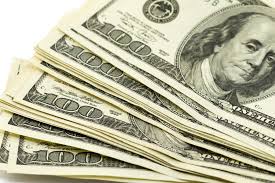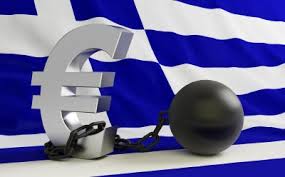As the name suggests, it is a cycle which shows the operation of cash in a business.In other words, the very term “cash operating cycle” is nothing but the length of time period between paying out cash for acquiring inputs and receiving cash by selling out goods and services.It is also referred as the Working Capital Cycle or Cash Conversion Cycle.Basically, it is the time elapsed between receiving raw materials from inventory and once they are processed, making them available in the market for sale to receive cash.
It is inevitable for all the business to understand, measure, control finance their cash operating cycle.Being aware of the cash operating cycles of the customers, suppliers or even competitors prove to be very contributing to the business.It is usually measured in days.
Inventory of >> Conversion of >> Inventory of >> Receivable collection
raw materials raw materials finished materials period
^ ^
^ ^
cash paid out cash received
Operating cycle for different business units:
*Service businesses- A consultancy firm working on long term projects usually has lots of money owed to them for the work-in progress which has not been billed and have long collection period.The main input cost for these would be the consultants, having no payment period.But a small firm will have problems financing long cash operating cycles.So, they prefer to ask for stage payments from their clients.
*Seasonable businesses- Seasonable businesses like greeting card manufactures have fluctuating operating cycles.In these, the inventories gets build up gradually as the production continues throughout the year.Trade receivables will increase from a low start as retailers stock up for the peak sales season, but may not pay until after the season.The suppliers’ payment period will be negligible and therefore seasonal manufacturers will require several months of financing.
*Retailers- A large retailer such as a supermarket will have a relatively low finished goods inventory period and minimal receivables as the majority of their sales are in cash.In addition, due to their size and purchasing power they can negotiate extended payment terms with suppliers.Therefore, some supermarkets will actually have a negative cash operating cycle, in that they receive cash from customers before they have to pay suppliers.
Click here for government certification in Accounting, Banking & Finance





28 Comments. Leave new
Well explained.
Thanks Ojasvi
good work
Thanks vasundhara!
Good work
Thanks suryakant!
Well explained.
Thanks Aayushi
well researched and well explained
Thanks Priyanka
well done….nice work!!
Thanks Dipesh
Good job
Thanks Megha
Informative
Thanks ria
Very well written, keep going bro
Thanks Vineet
Well explained
Thanks Akansha
Interestingly explained 🙂
Thanks Kirti
very well described…
Thanks Sunaina
Nice work!
Thanks Saumya!
Nice work!
Thanks Dipesh!